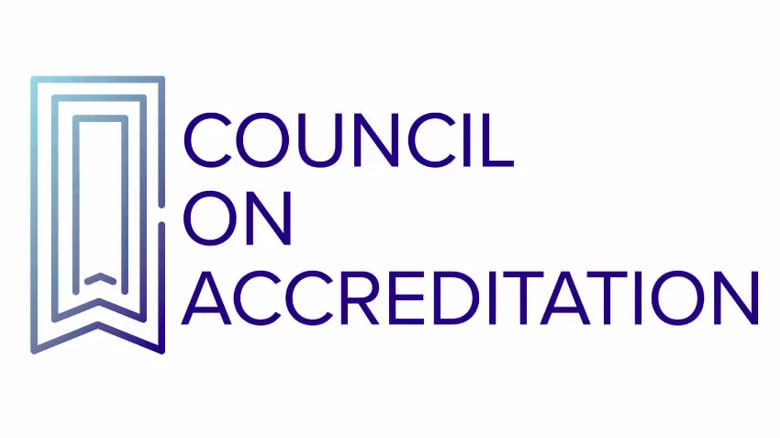If you are a parent or a person who provides care for newborns or infants, you know one thing: babies cry. In many instances, a crying baby is a signal to you that there is a need that requires immediate attention. However, sometimes it remains a mystery to us exactly what that need is! Wouldn’t it be so helpful if our baby could explain to us what was going on in that particular moment? Perhaps:
“Mommy, I’m hungry. Daddy, I have a fever. Mommy, I’m cold. Daddy, I need you to hold me. Grandma, I need my diaper changed. Everyone, I am cutting teeth and my mouth really, really hurts!”
But since babies can’t talk, we must become observers and investigators: making bottles, taking temperatures, bundling with blankets, changing diapers, or hunting down those wonderful teething tablets.
Soothing techniques for your crying baby:
- Check to see if baby is hungry
- Bundle baby for warmth
- Give baby a warm bath
- Check baby’s temperature
- Change baby’s diaper
- Play soft music or use “white” noise like a fan, vacuum, or running water for baby
- Talk or sing to baby with quiet, calm voice
- Take baby for a walk or car ride
A crying baby can bring many emotions and feelings to the surface for any parent or caregiver. Sometimes we feel like “great parents” because we have met our crying baby’s immediate need. We know this because our baby stopped crying after we did something to calm him or her – success! However, there are other times when we feel that we are out of options because absolutely nothing we are doing is working to soothe our crying baby.
If you have found yourself at your wits end, stressed and frustrated by a crying baby, please understand, you are not alone. The “best of parents” have been frazzled by an inconsolable, crying infant. You are not a bad parent. The crying infant is not a bad baby. If you feel your stress and frustration building, it’s what you do next that matters most.
If baby does not respond to soothing techniques and continues to cry, remember:
- Take conscious steps to remain calm yourself because baby can sense your tension.
- Use gentle touch and take deep breaths.
- Safely place baby in a secure place like a swing or crib and take a break nearby.
- If the other parent or another caregiver is present, ask for support.
- If no one is nearby, call a trusted relative or friend and ask for assistance.
- Never shake a baby or handle with physical force.
When you leave your baby with another caregiver, always communicate what you know works best for your baby if he cries and cries.
- Share the Period of PURPLE Crying DVD and booklet with all who provide care for your baby (For a free copy, call The Parent Child Center of Tulsa at 918.599.7999)
- Share your baby’s crying habits.
- Share things that have worked to soothe your crying baby in the past.
- Share that inconsolable crying can become frustrating.
- Share that it’s “ok” to place baby in a safe and secure place and to take a break nearby.
- Share that it is “ok” to contact you when they need help consoling your crying baby
Resources:
The National Center on Shaken Baby Syndrome
www.dontshake.org
The Parent Child Center of Tulsa
www.parentchildcenter.org
www.3seconds.org





